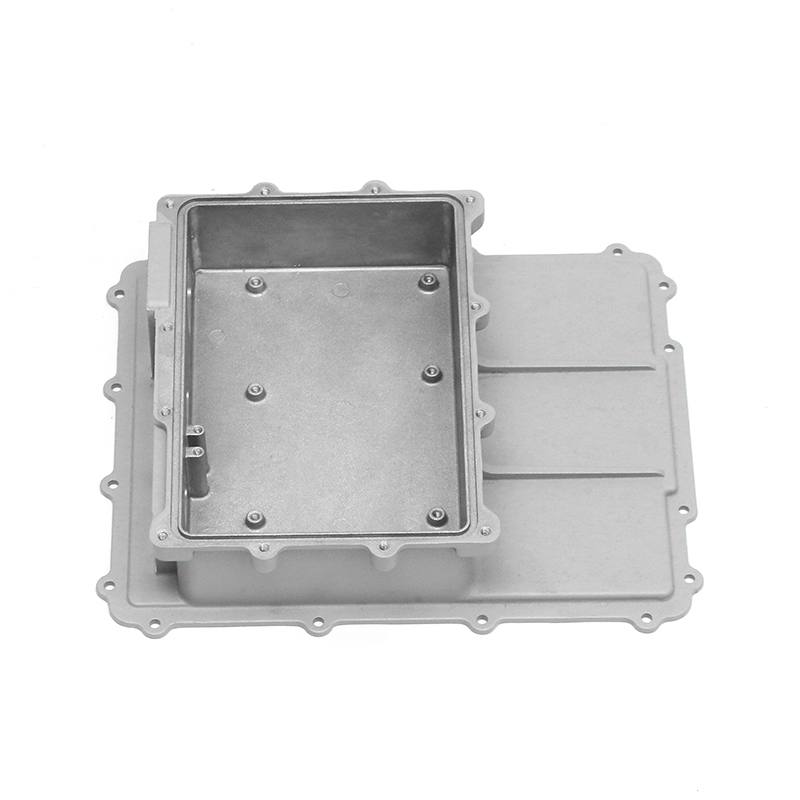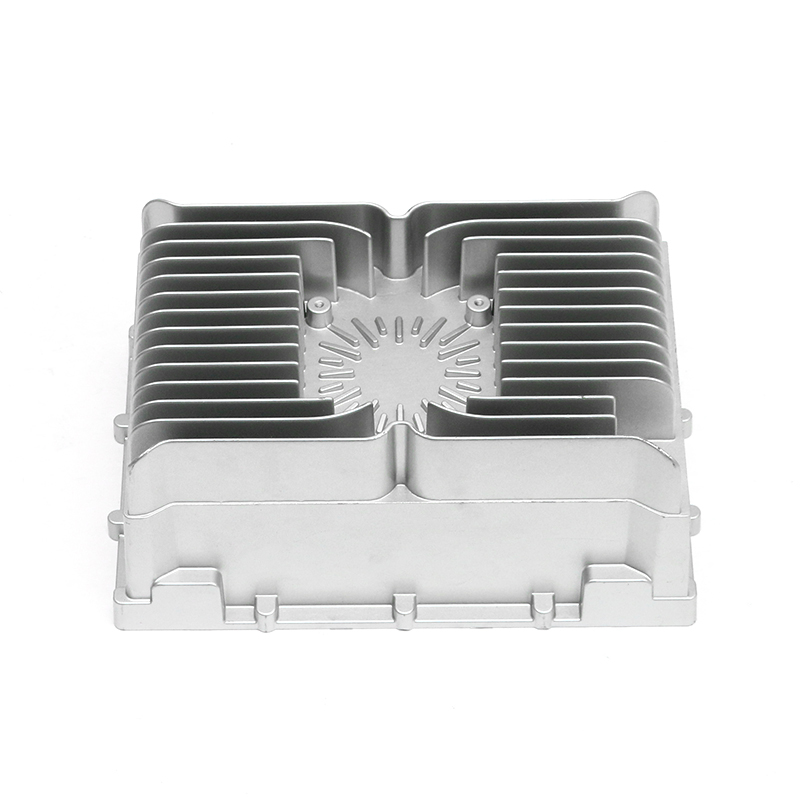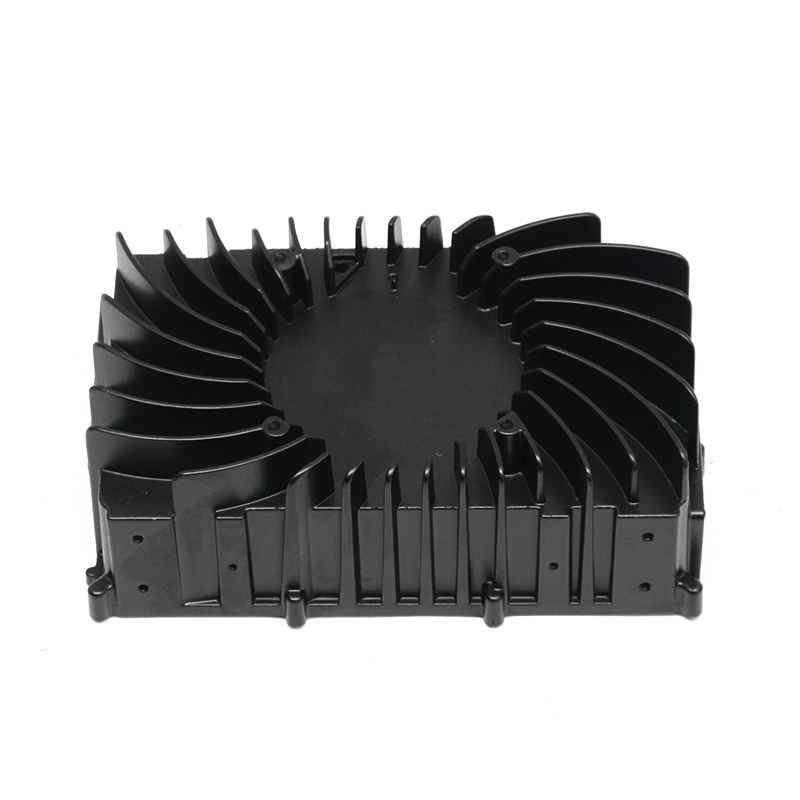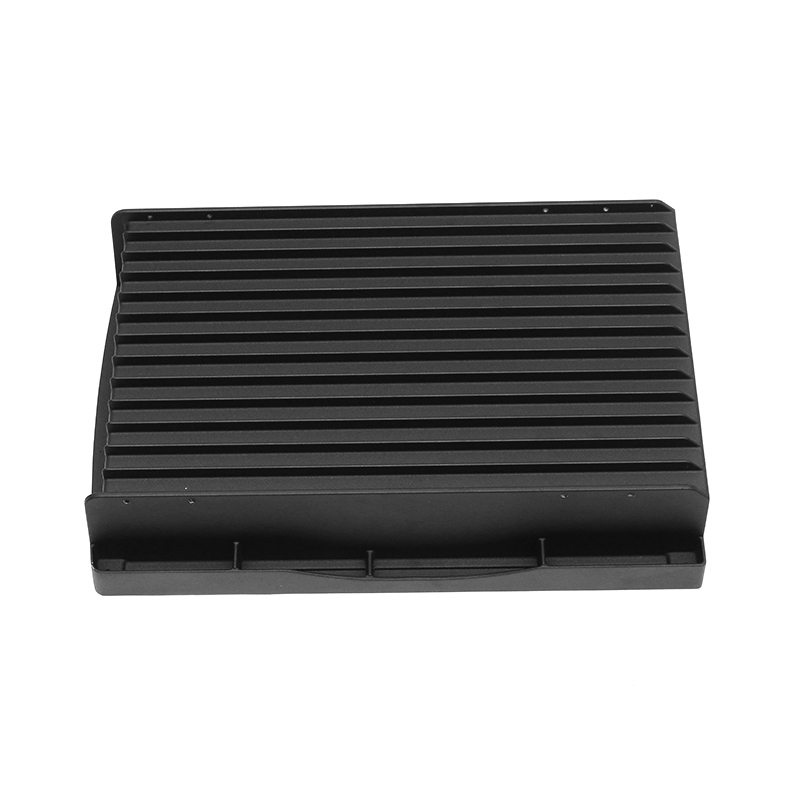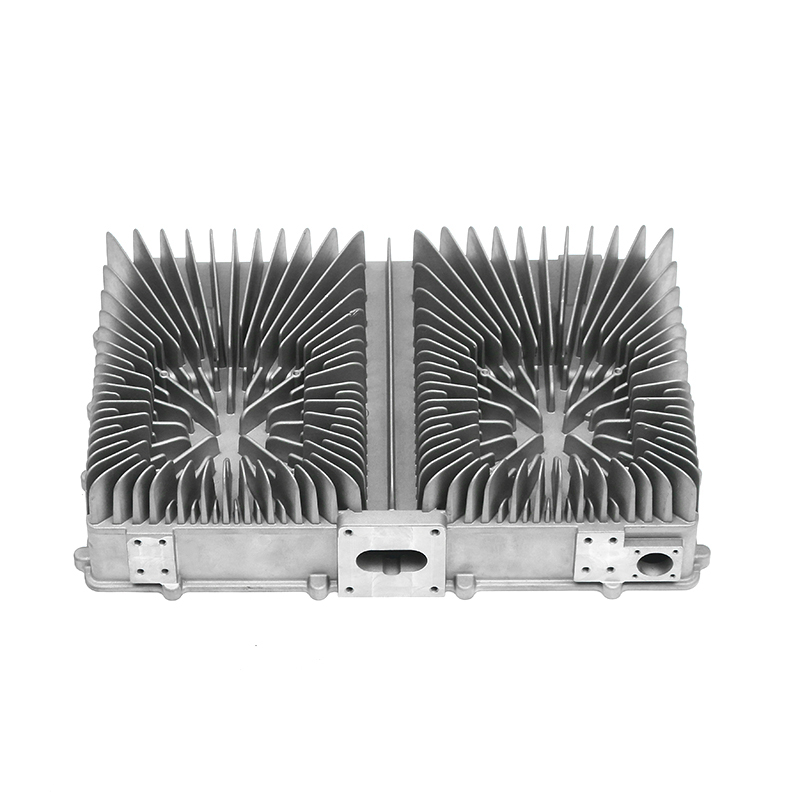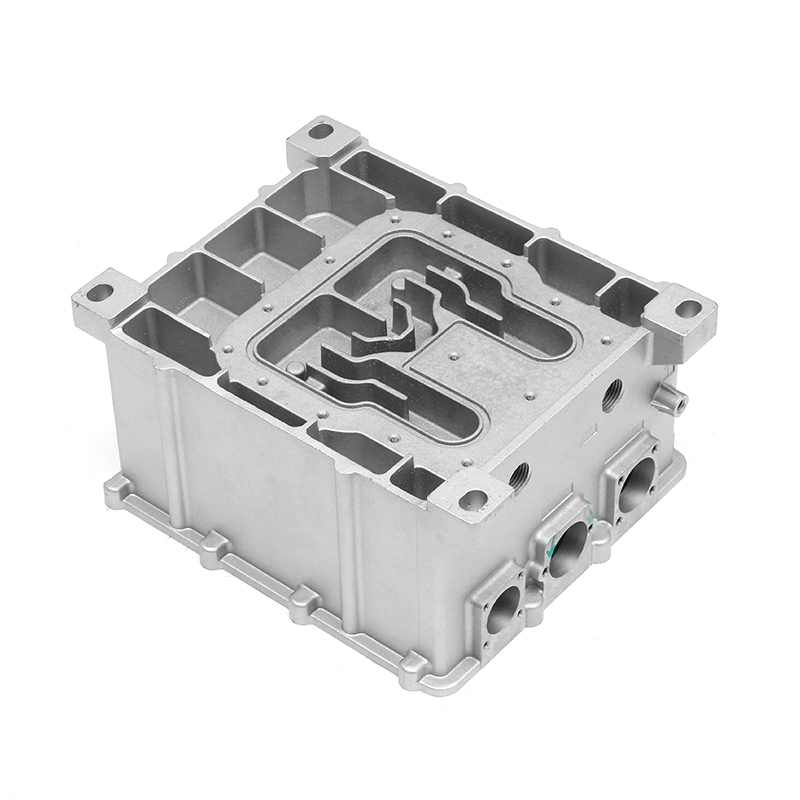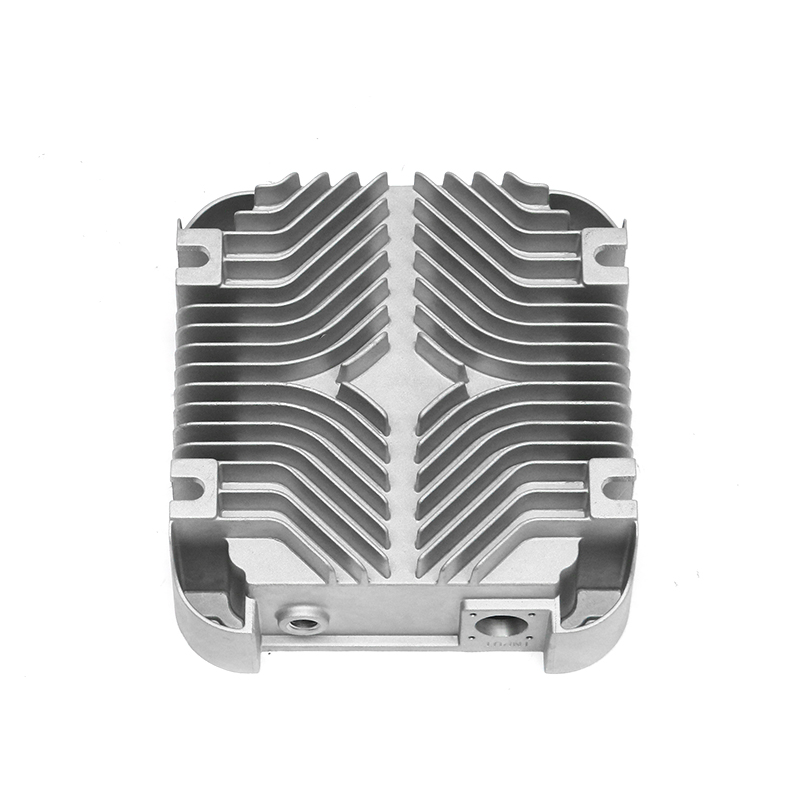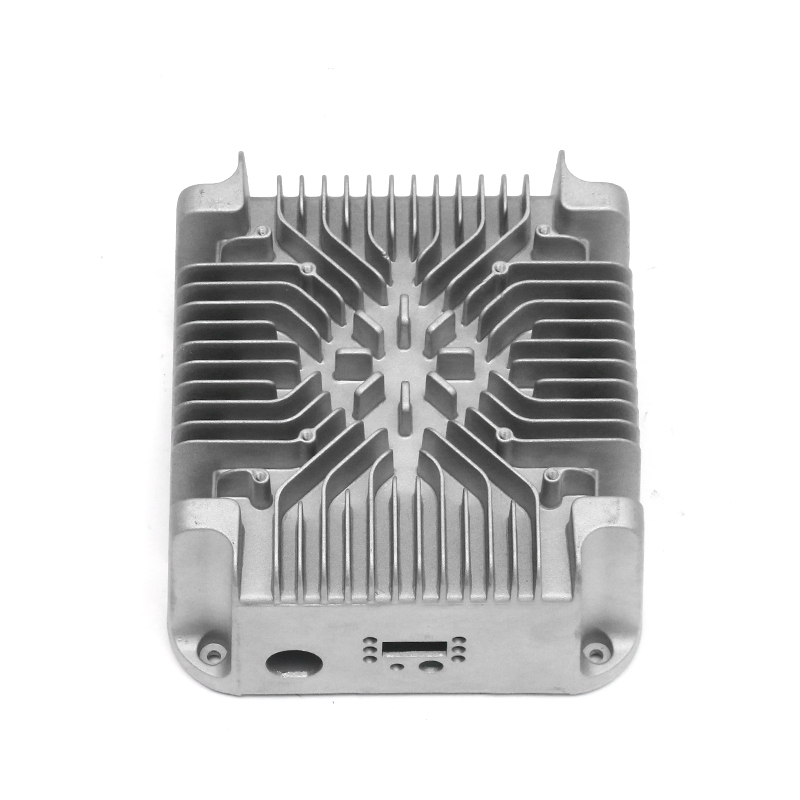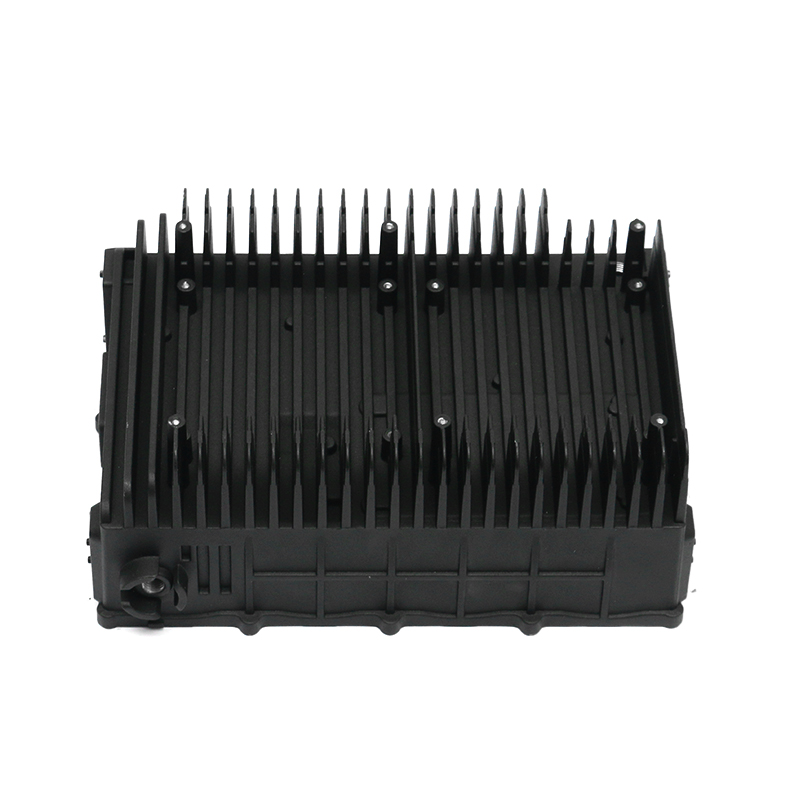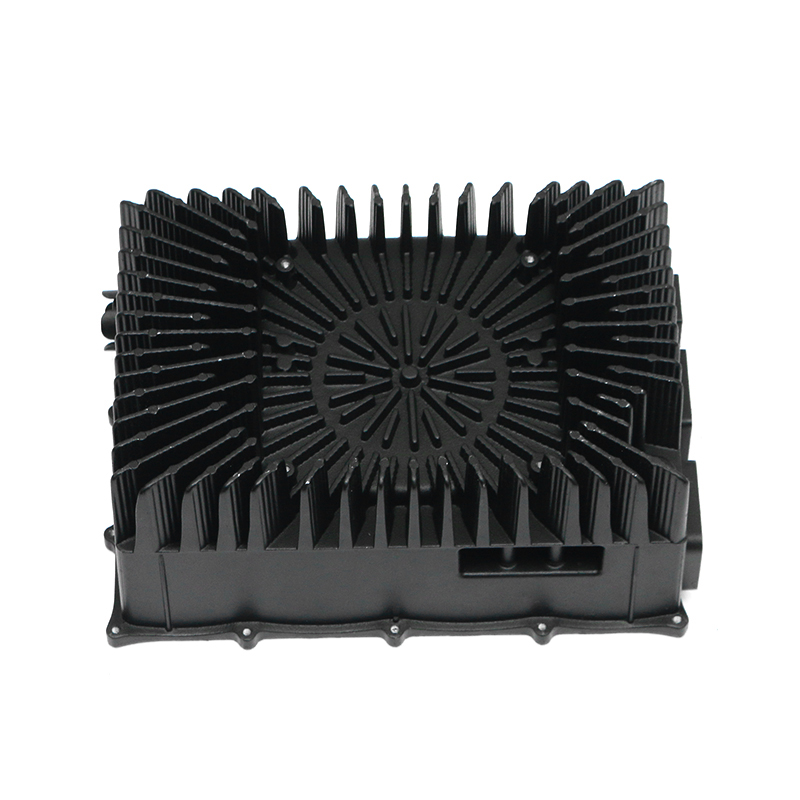Traditional manufacturing processes for new energy motor housing mainly rely on methods such as die casting and extrusion molding. These processes perform well in mass production, but have certain limitations when dealing with small-batch customization and complex structure manufacturing. 3D printing technology, with its advantages of no molds and high flexibility, provides a new solution for the realization of small-batch production and complex structures.
Ningbo Fenda combines 3D printing technology with traditional processing technology to improve the manufacturing flexibility of new energy motor housings and significantly shorten the product development cycle. This combined process application enables the company to respond to customer needs more quickly and provide customers with more innovative products and services.
3D printing technology allows Ningbo Fenda to quickly generate prototypes of new energy motor housings and verify the rationality and feasibility of the design. In traditional processes, it often takes weeks or even months from design to mold manufacturing to prototype verification. After the introduction of 3D printing, this cycle is greatly shortened, and the prototype can be completed in a few days at the fastest.
New Energy Motor Housing needs to have excellent heat dissipation performance and mechanical strength, which usually requires complex internal structure design. Traditional processes may be limited by mold design and processing technology when realizing these complex structures, while 3D printing technology can easily realize difficult internal structures and further improve product performance.
In small-batch production or customized production, mold costs account for a large proportion. 3D printing technology does not require molds and can be directly printed according to design data, thereby effectively reducing production costs. This advantage is particularly significant in the research and development and small-batch trial production stages of new energy motor housing.
Ningbo Fenda successfully applied a manufacturing method combining 3D printing with traditional processes in a motor housing development project for a new energy vehicle model. At the beginning of the project, the company quickly verified the design of the housing through 3D printing technology, avoiding the time and cost waste caused by mold design errors in traditional processes.
After the prototype verification was completed, Ningbo Fenda used traditional die-casting technology for mass production to ensure product consistency and reliability. This combination of processes has improved the development efficiency of the project and saved customers a lot of development costs.
In order to further improve the production efficiency and quality of new energy motor housings, Ningbo Fenda actively introduced intelligent manufacturing technology. In the automated production line, the combination of 3D printing and traditional processes achieves seamless connection, and intelligent management is achieved in the entire process from prototype design to mass production.
The company has also introduced intelligent testing equipment to conduct real-time monitoring and data analysis of each production link to ensure the accuracy and consistency of the product during the processing. This intelligent manufacturing model has improved the company's production efficiency and reduced production costs, winning more advantages for the company in the fierce market competition.
With the continuous growth of the new energy vehicle market, the demand for new energy motor housings is also increasing. Ningbo Fenda has successfully applied to multiple customer projects through an innovative manufacturing method that combines 3D printing with traditional processes, providing customers with more flexible and competitive products.
In the future, with the advancement of 3D printing material technology and the popularization of intelligent manufacturing technology, the manufacturing process of new energy motor housings will become more mature.

